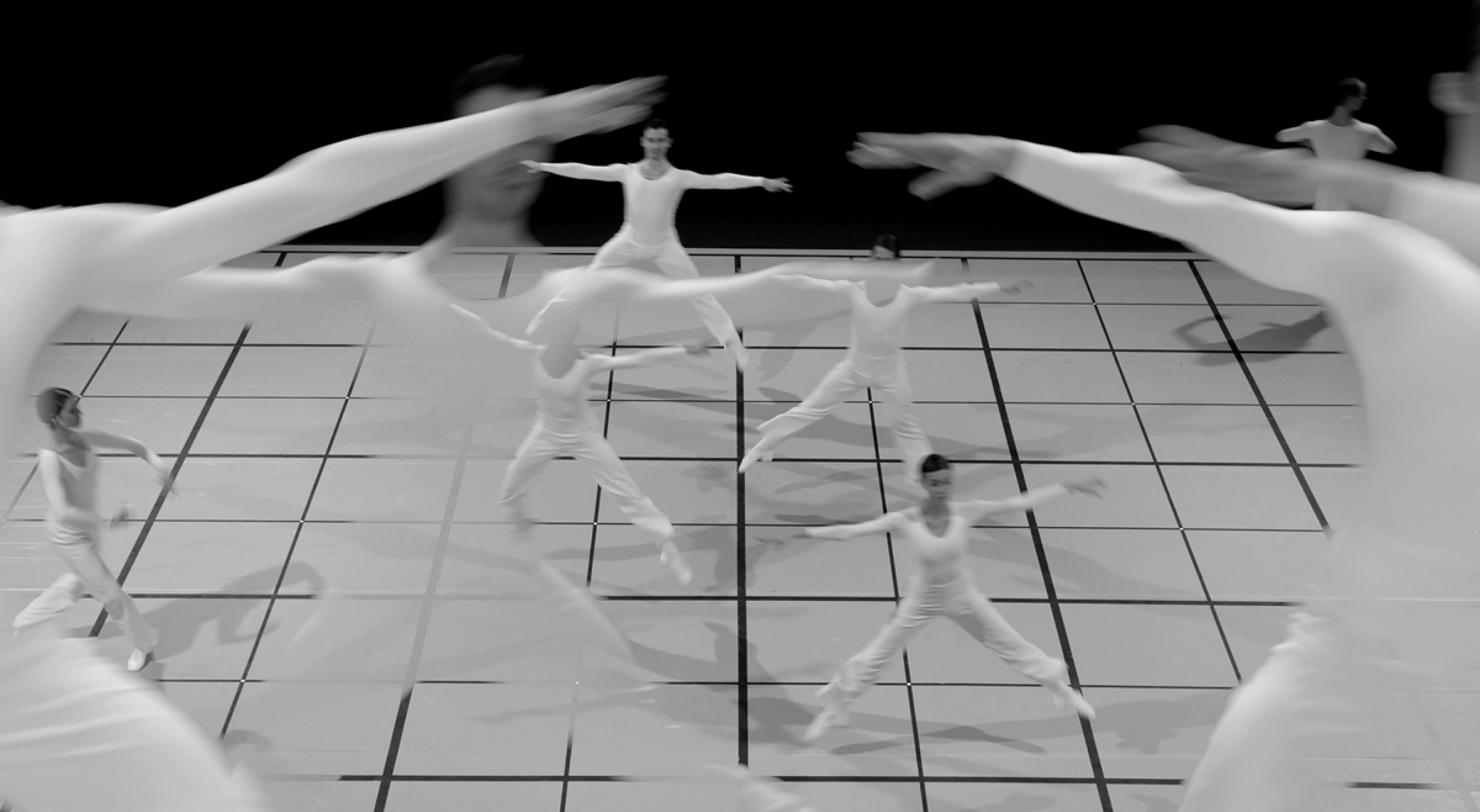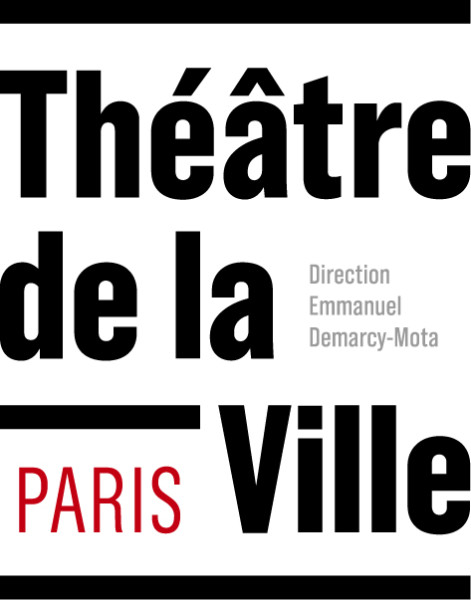Lucinda Childs
Dance
Ballet de l’Opéra de Lyon
septembersept 29 - october – oct 29
octoberoct 6 – 7
Choreography, Lucinda Childs
Music, Philip Glass © 1979 Dunvagen Music Publishers Inc.
Costume designer, A. Christina Giannini
Lighting designer, Beverly Emmons
Conception of the original film, Sol LeWitt
Film remade, in identical fashion to the original version, with the Ballet de l’Opéra de Lyon dancers, by Marie-Hélène Rebois – Director of photography, Hélène Louvart – Continuity, Anne Abeille – Editing, Jocelyne Ruiz – Effects, Philippe Perrot
A piece for 17 dancers
In association with Théâtre de la Ville-Paris ; Festival d’Automne à Paris for performances at Théâtre de la Ville-Paris // First performed on 17th October 1979 at Stadsschouwburg de Eindhoven (Holland) – The piece entered into the Ballet de l’Opéra de Lyon repertory on 13th Avril 2016 // In partnership with France Inter
Dance. The title of this monument to choreographic art instantly puts the research work of Lucinda Childs on the horizon, i.e. a dance form which is free of any intentionality or theatricality, and which is centered exclusively on the expression of its pure essence. In the manner of Jackson Pollock’s abstract paintings, this composition is a celebration of the perpetual engendering of form through movement. Created in 1979, Dance constitutes a synthesis between the silence and sparseness of her previous works, such as Radial Courses, and the stage work developed in conjunction with Philip Glass and Robert Wilson in the Einstein on the Beach opera. She once again turned to Philip Glass, whose repetitive melodic structures provided the perfect accompaniment to the purity of her choreographic language, as collaborator on this first, large-scale piece designed for the theatre. The artist Sol LeWitt added to the equation with his proposition of a film-based mechanism which duplicated and enlarged the flux of the onstage movements. In three twenty minute-long sections, Lucinda Childs gave shape to a glissando of aerial gestures continually altering in accordance with the loops in Philip Glass’s music, setting up the possibility of tiny variations. In this work, simple, basic, steps are used to trace out circles, arcs, and diagonals on the ground, forming a vast counterpoint, and then echoed by the projected images. The superimposed presence of the film - remade by dancers from Ballet de l’Opéra de Lyon for the occasion, and based on the original - gives rise to the interpenetration of silhouettes and their doubles. This bewildering optical effect transports the audience’s gaze into the beating heart of the movement, and imbibes the space with a multidimensional volume. The resulting, plan-like formation is one in which the different lines dream their way into and out of different compositions, in a sliding, floating, fluid and altogether timeless world.
In the same place

